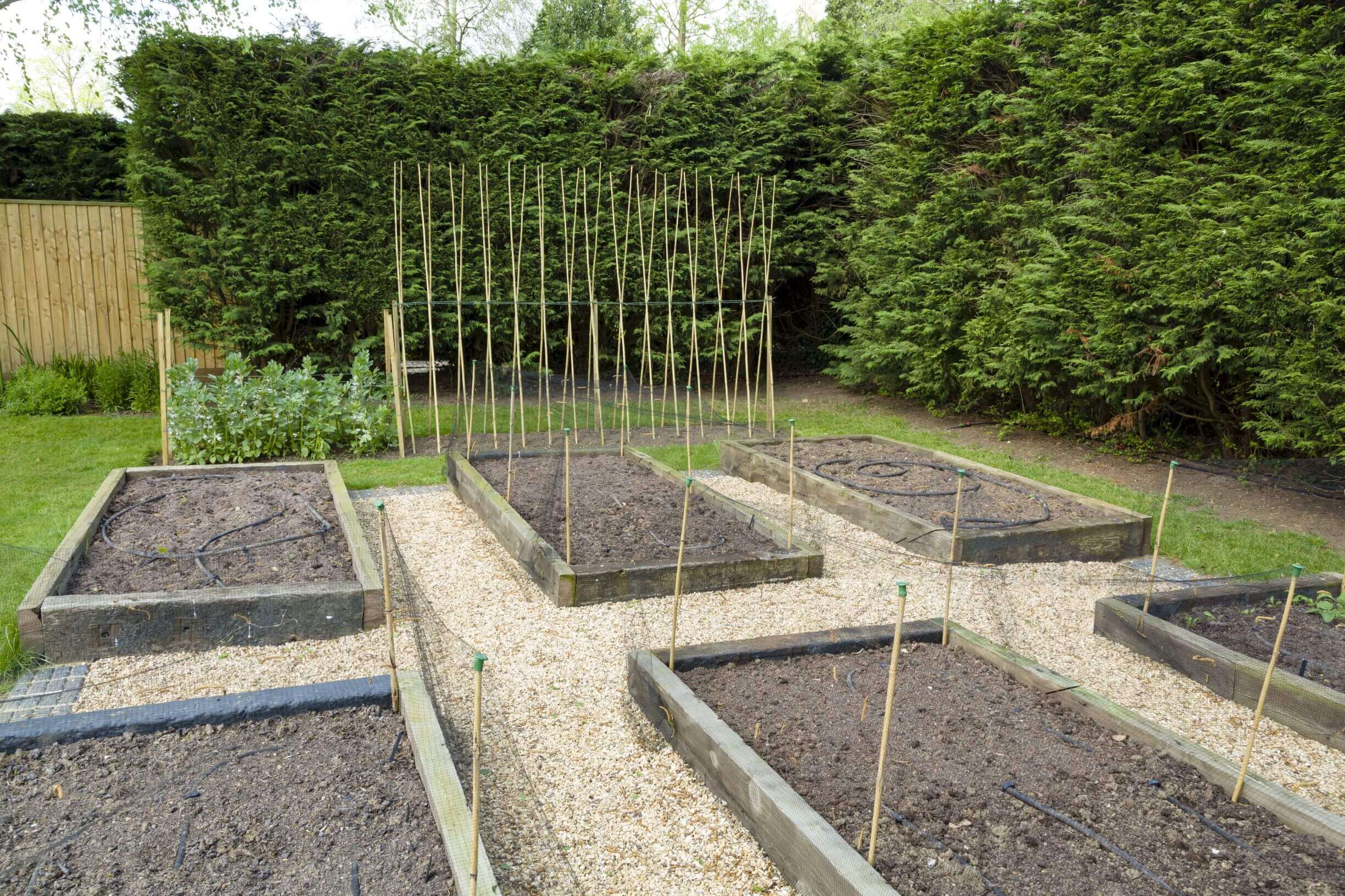No products in the cart.
Which garden tools do I need?
With so many different types of garden tools available, choosing the tools which will be the most used and necessary to set up your garden tool shed can be a difficult decision.
Essential garden tools
There are a few garden tools which are essential for any gardener to start their collection. The tools to begin with are a shovel, spade, wheelbarrow, hoe, fork, rake and garden secateurs. Quality garden tools are a must which, in the long term will save you time, money and help to ensure your time in the garden is most enjoyable.
Spade
A spade is not used for digging and is different to a shovel. Generally the spade has a larger scoop and is used for moving a pile of mulch, soil and other bulk products. A spade with a very sharp edge can also be used for edging lawn. Stainless steel spades are lighter and easier to use than fully forged steel spades. A small hand sized spade is also very useful for digging and planting small flowers, veges and shrubs.
Shovel
A shovel blade is typically curved and usually angled forward for digging where the spade blade is not. The shovel generally has a long straight handle for digging holes which allows for more leverage needed.
Wheelbarrow
A wheelbarrow is one of the most useful items for carrying tools, garden products and other items around. This makes the garden jobs much easier and saves your back. Make sure your wheelbarrow is sturdy with a solid bucket and wheels are large enough to hold your tools.

Rake
Choose which garden rake to the job you are doing. A heavy-duty landscapers rake is used for larger landscaping projects such as leveling soil, driveways and heavier product. A light weight rake is generally only used for raking things such as leaves and grass.
Fork
A fork is for cultivating the ground in areas like a vege patch. A potato fork is a wider fork with more prongs to fork for potatoes and other root vegetables.
Garden Secateurs
Garden secateurs are also called pruning shears and need to feel comfortable in your hand when in use. Good garden secateurs need to be strong enough to prune shrubs and hard branches up to two centimetres. It is important that they have a high-quality blade which keeps a sharp edge.
Stocking your garden shed with just a few of the most useful tools will go a long way when its time to get out for planting, pruning and building your next garden bed.

















